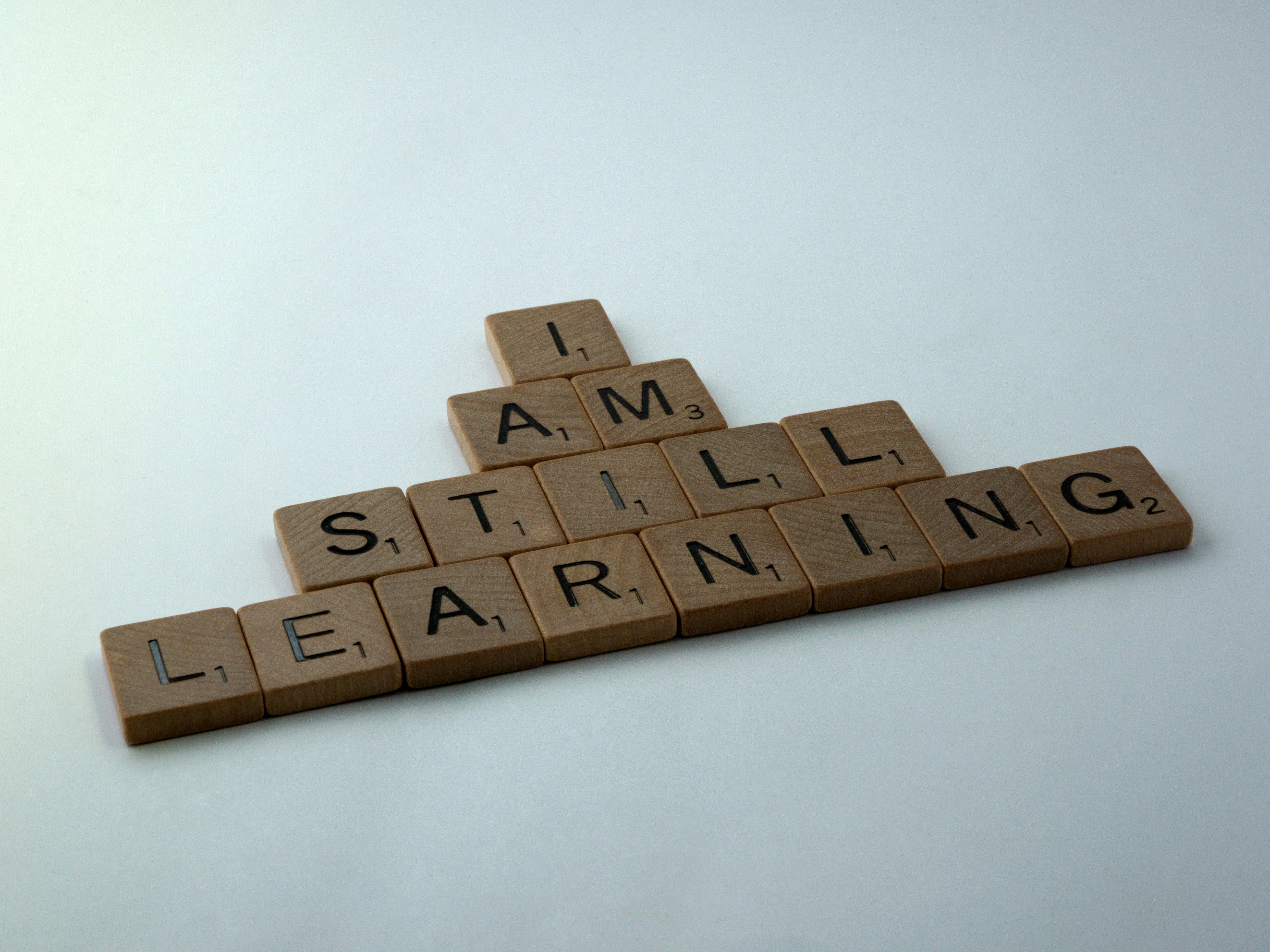
The Ultimate Assessment-Centre Survival Guide for Data Science Jobs in the UK
Assessment centres for data science positions in the UK are designed to replicate the multifaceted challenges of real-world analytics teams. Employers combine psychometric assessments, coding tests, statistical reasoning exercises, group case studies and behavioural interviews to see how you interpret data, build models, communicate insights and collaborate under pressure. Whether you’re specialising in predictive modelling, NLP or computer vision, this guide provides a step-by-step roadmap to excel at every stage and secure your next data science role.
Why Assessment Centres Matter for Data Science Roles
Data science assessment centres allow recruiters to evaluate:
Quantitative reasoning: Your ability to make sense of datasets, statistical tests and probability distributions.
Technical proficiency: Model building, algorithm selection and coding efficiency in Python or R.
Business acumen: Translating insights into actionable recommendations for stakeholders.
Collaboration skills: Working in cross-functional teams on case studies and presentations.
Demonstrating strength across these dimensions—from data science psychometric tests UK to case study presentations—signals you are ready to drive data-driven decision-making.
Pre-Centre Preparation
Begin your preparation 4–6 weeks before the event:
Research the employer
Review their products or services, data challenges and relevant case studies.
Explore founding research papers or blog posts on their analytics work.
Clarify the agenda
Confirm which exercises to expect: statistical tests, live coding, case studies, psychometric assessments and interviews.
Request a detailed timeline from HR if available.
Refresh core skills
Statistical methods: hypothesis testing, regression, classification metrics.
Machine learning libraries: scikit-learn, TensorFlow, PyTorch, or caret in R.
Practice coding
Solve data science problems on platforms like Kaggle and HackerRank.
Time yourself on typical tasks: feature engineering, model evaluation and visualisation.
Mock case studies and presentations
Work with peers to analyse a business problem and craft a data-driven solution.
Rehearse concise storytelling of results using visuals.
Excelling at Psychometric Assessments
Psychometric tests provide objective measures of your reasoning style and personality fit.
Common Formats
Numerical Reasoning: Interpret statistical outputs, A/B test results and KPI trends (20–30 mins).
Logical Reasoning: Pattern recognition in sequences or probability puzzles (15–20 mins).
Verbal Reasoning: Comprehend technical reports or stakeholder communications (20–25 mins).
Situational Judgement: Choose appropriate actions in data ethics scenarios or team conflicts (15–20 mins).
Preparation Tips
Use data-themed practice tests to familiarise with context.
Review probability, distributions and hypothesis testing basics.
Simulate timed conditions to enhance pace and accuracy.
Navigating Live Coding and Model Building Rounds
Live coding assesses your ability to implement algorithms and preprocess data efficiently.
Best Practices
Clarify requirements: Ask about input formats, performance constraints and evaluation metrics.
Structure code: Modularise into functions for data cleaning, feature creation and model training.
Comment thought process: Verbalise choices around algorithms and parameter tuning.
Test incrementally: Validate outputs at each step with sample data.
Take-Home Assignments
Provide a README: Outline dataset description, cleaning steps, model selection and evaluation plan.
Document assumptions: Note any limitations or feature choices.
Include visuals: Present key findings with charts and confusion matrices.
Mastering Statistical Reasoning Exercises
Assessment centres often include whiteboard exercises on statistical concepts.
Common Topics
Hypothesis testing: t-tests, chi-square tests and p-values.
Regression diagnostics: multicollinearity, heteroscedasticity and residual analysis.
Bayesian reasoning: prior and posterior distributions.
How to Excel
Explain each step clearly, from selecting tests to interpreting p-values.
Use real-world examples to illustrate concepts.
Check assumptions: normality, independence and sample size requirements.
Group Case Studies and Presentations
Collaborative case studies evaluate your business problem-solving and communication.
Example Scenarios
Predicting customer churn and recommending retention strategies.
Analysing sales data to optimise pricing and promotions.
Developing an NLP proof of concept for customer feedback analysis.
Stand-Out Approaches
Start by defining objectives and success metrics.
Assign clear roles: data analyst, modeller, presenter.
Ground discussions in data: reference relevant statistics or benchmarks.
Deliver a structured presentation: problem, analysis, solution, next steps.
Individual Interviews: Technical & Behavioural
Interviews dive into both your technical depth and team fit.
Technical Focus
Discuss end-to-end projects: data ingestion, feature engineering, model deployment.
Justify algorithm choices and performance trade-offs.
Demonstrate understanding of MLOps best practices.
Behavioural Focus
Use the STAR method:
Situation: A challenging project deadline or data quality issue.
Task: Your role in resolving the issue.
Action: Specific steps—collaborating with data engineers, refining models, communicating with stakeholders.
Result: Quantify success—improved accuracy, time saved or business impact.
Lunch Etiquette & Informal Networking
Informal breaks offer insight into your cultural fit and interpersonal skills.
Lunch Best Practices
Arrive on time, follow basic table manners and be courteous.
Engage in inclusive conversation: data science trends, non-work interests.
Offer to share condiments or insights on recent tech news.
Respect others’ preferences and limit device use.
Networking Tips
Ask assessors about their favourite data science challenges.
Discuss emerging tools like MLFlow or DVC.
Exchange LinkedIn details for follow-up.
Managing Stress and Maintaining Clarity
Assessment centres are demanding—plan for self-care.
Ensure 7–8 hours of sleep; eat a balanced breakfast with complex carbs and protein.
Take brief stretches or breathing exercises during breaks.
Stay hydrated and keep healthy snacks on hand.
Recall past successes to maintain confidence.
Post-Centre Follow-Up & Reflection
A thoughtful follow-up can reinforce your application.
Thank-you emails: Personalise notes to each assessor, referencing specific exercises.
Self-review: Document areas of strength and opportunities to improve.
Stay connected: Share relevant articles or project updates on LinkedIn.
Conclusion
Succeeding in a data science assessment centre in the UK requires a combination of analytical prowess, technical skill and effective communication. By mastering psychometric tests, coding and modelling challenges, statistical reasoning, group case studies and interviews—and by presenting yourself positively in informal settings—you’ll demonstrate the full spectrum of competencies needed to drive insights and innovation.
Call to Action
Ready to unlock your data science potential? Visit DataScience Jobs to browse the latest roles, access expert career resources and subscribe to targeted job alerts. Your next breakthrough in data science awaits!
FAQ
Q1: How early should I prepare for a data science assessment centre? Start 4–6 weeks ahead, focusing on coding practice, statistical reviews and mock case studies.
Q2: Which languages and tools should I prioritise? Python (pandas, scikit-learn), R (tidyverse, caret), SQL and familiarity with visualisation libraries (Matplotlib, ggplot2).
Q3: How can I demonstrate business impact in case studies? Quantify projected ROI, accuracy improvements or process efficiencies; link recommendations to business KPIs.
Q4: Are soft skills evaluated during technical rounds? Yes—clear communication, asking clarifying questions and collaborative problem-solving are key.
Q5: When should I follow up after the centre? Send personalised thank-you emails within 24–48 hours and connect on LinkedIn for continued engagement.


